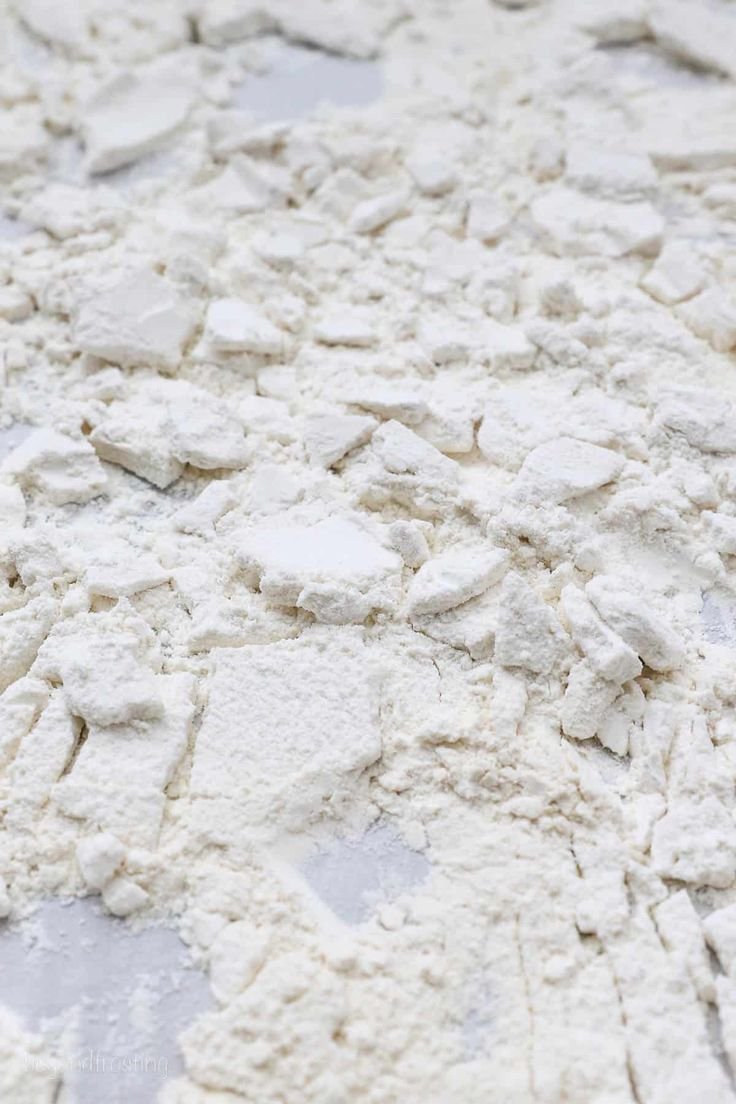The Truth About White Bread
You've Been Told to Buy Unbleached Flour, But Have You Ever Stopped to Wonder Why?
If you’ve ever stood in the bread aisle or picked up a fresh loaf at a market, you’ve probably noticed the words bleached or unbleached thrown around—but have you ever really stopped to ask why it matters?
The difference isn’t just about looks. It’s about flavor, nutrition, and how your body feels after eating it. Bread made with unbleached flour isn’t just “nicer”—it’s real food, with real benefits.
Why Flour Started Getting Bleached in the First Place
Back in the early 1900s, industrial millers started bleaching flour to speed up production. Normally, flour needs time to naturally age and oxidize before it’s ready for baking. But with bleaching agents, they could skip the wait and crank out product faster. The tradeoff? Nutrition and flavor.
What Bleached Flour Takes Away from Your Bread
Unbleached flour contains natural pigments called carotenoids, including beta-carotene and lutein. These compounds give flour its slight creamy color and subtle, wheaty aroma—but they also contribute directly to your health.
Beta-carotene is a source of vitamin A, important for vision, skin, and immune support.
Lutein supports long-term eye health and helps your body combat oxidative stress.
When flour is bleached, these nutrients are destroyed. That’s why commercial white bread tends to be bright white but oddly bland—and why it doesn’t leave you feeling all that satisfied.
How It Might Affect How You Feel
Some bleaching agents, like chlorine dioxide, have raised concerns for years. One of its byproducts—alloxan—has been shown in lab studies to damage cells in the pancreas and may play a role in blood sugar instability. While the science in humans isn’t settled, it’s enough to make you think twice about eating something so chemically processed.
On top of that, many people report feeling bloated, tired, or just “off” after eating bread made with bleached or highly refined flour. It’s not always about gluten or carbs—it’s about the quality of the ingredients.
The Difference You Can Taste—and Feel
The bread you’re buying here is made with unbleached, unbromated flour. That matters. It keeps the natural pigments and nutrients intact. It protects the integrity of what you're putting in your body.
You’ll notice it in the color—it’s not stark white, but a natural cream. You’ll taste it in the flavor—a more complex, wheaty depth instead of bland filler. And if you pay attention, you may even feel it—bread that satisfies without weighing you down.
In Summary
Choosing bread made with unbleached, unbromated flour is a simple but powerful way to eat better. It means:
More natural flavor
More nutrients preserved
No unnecessary chemicals
A food that supports your body, not just fills it
Bright white bread may look “clean,” but it’s been stripped of the very things that make bread real. You deserve better—and that’s exactly what you’re holding in your hands.






